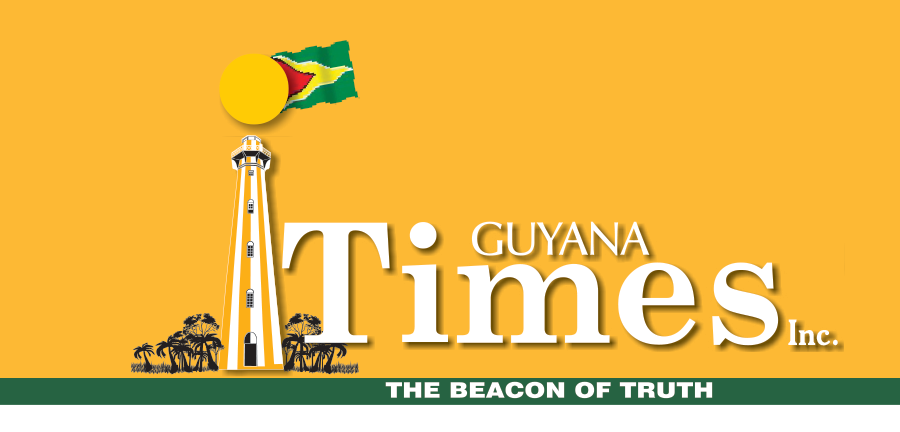
President of the Rice Producers Association (RPA), Leakha Rambrich, says local rice farmers should be able to reduce production costs if land rentals are reduced and farmers embrace technology. This, he adds, would increase Guyanese competitiveness in global rice markets.
In his advice to farmers, the RPA boss said since it is predicted that globally rice prices will continue to fall, they should try their best to reduce production costs.
Currently, some millers are offering $2800 for a bag of paddy, while others are offering $3000 per bag, and farmers say it costs them in excess of $3000 to produce each bag of paddy.
Rambrich compares this with neighbouring Suriname, where millers are paying $2000 for the same 165-pound bag of paddy
One of the markets both Guyana and Suriname are competing for is the Jamaican market.

Land rentals
“So what is the difference that Suriname is doing to sell rice at $2000, and why can’t we do it to sell rice at $2800 and not make a profit? This is important to understand. Firstly, Suriname gets a land policy. If somebody lives overseas for one year and owns land in Suriname – rice land – and they are now living in [that] country for one year, the Government repossesses it [the land] and gives it back to the rice farmer who is planting it,” Rambrich explained.
He told this publication that similar policies should be adopted locally, as about 80 per cent of the land under rice cultivation is rented, with farmers paying between $15,000 and $45,000 per acre.
Asked why there is such a wide margin in the difference in land rental, Rambrich said it is based on demand for land.
“The demand is plenty. The problem in Black Bush Polder is that if Mr Jones goes and cuts his rice crop and they see that he got about six hundred bags, or over six hundred bags, from the plot, then somebody will offer the landlord more money for the land. And that is what is carrying the rent up. They are competing for land, and the competition is pushing the rent up,” he further explained.
According to Rambrich, policies on land rental need to be tightened, as it is a major factor in the high cost of production locally.
Under the laws of Guyana, the Land Tenure Act, which deals with the rental of land for rice cultivation, it should be $2.00 per acre where the land is irrigated and $3 per acre where there is no irrigation.
However, the RPA head added that even with the Government’s intervention in ensuring that land rental is reduced, it would still not be enough to bring the cost of production down to levels where rice can be produced locally and compete on the world market.
This is where technology comes in.
Embracing technology to modernise sector
There is a need for farmers to embrace technology in applying fertiliser and in the control of pests.
“The second area is aerial spraying, aerial application, and modernising the sector. Suriname only plants 38,000 acres of rice. And we have about five aircraft service operating areas. Region Six is actually planting two times as much as Suriname is planting. And we don’t have any airstrip in Region Six.”
He noted that an airstrip in Region Six would not just assist but “would tremendously bring down the cost of production. Presently, the workers are demanding $800 to $1000 to spray one blower rice.”
One blower rice is a five-gallon container with mixed chemicals ready to be applied to the rice field.
Rambrich added that legislation should also be implemented that will make it easy for farmers to use drones in their fields.
“Drones should be selling like bicycles; anybody could go and buy a drone to spray, to do agri-drone. I am talking specifically about agri-drones. The legislation needs to change. Presently, you have to have a licence from Civil Aviation and your permission and everything to buy a drone and to fly a drone as well. That is not supposed to happen. We have to make things easy so that farmers can access their drone and use it to help bring down costs.”
Irrigation
He pointed out that the Government is spending millions of dollars to pump water into the irrigation system in Region Six and other rice-growing areas across the country, but farmers still have to spend large sums of money to pump water into their fields.
“It should be one spending. Irrigation should be done by a farmer who goes and opens his rice field and takes in water. It should not be double-fuel pumping water. The Government is pumping the water back; the farmer should receive it in a few days. That would tremendously bring down the cost of production…” he added.
Rambrich, who is both a miller and a rice farmer, says his cultivation is fully mechanised. According to him, this crop is expected to yield between 50 and 55 bags per acre.
“Because I’m fully mechanised. I sow with the tractor, I spray with the drone, and I fertilise with the tractor. No manual irrigation.”
Asked if he was not a miller, and if he was going to accept $3000 per acre, the RPA official said that he would accept it with his current cost of production.
He believes that if farmers can cut their cost of production and can produce at about 45 bags per acre, even at $2800 per bag, they will be able to make a profit.
Discover more from Guyana Times
Subscribe to get the latest posts sent to your email.











